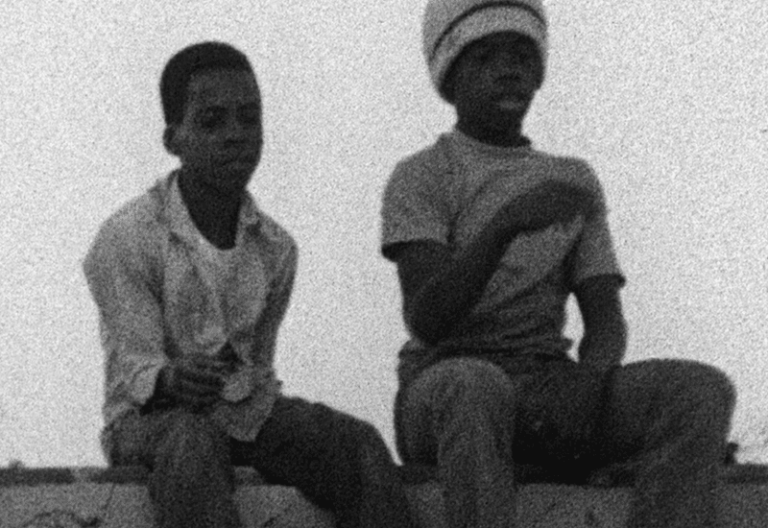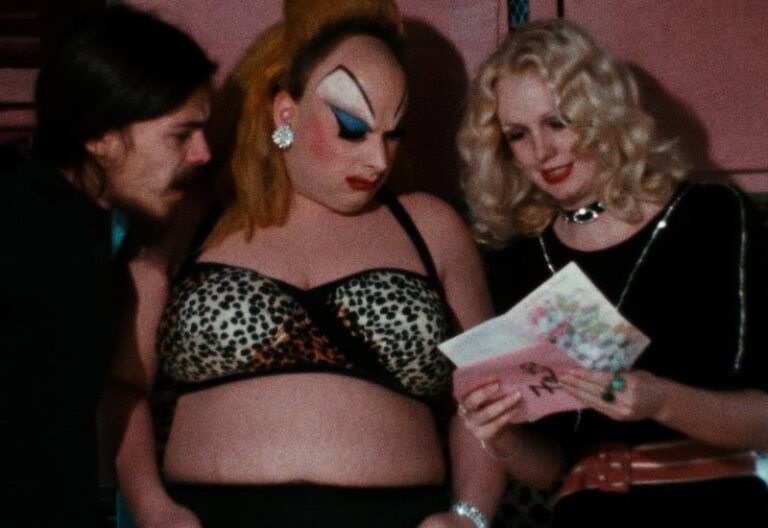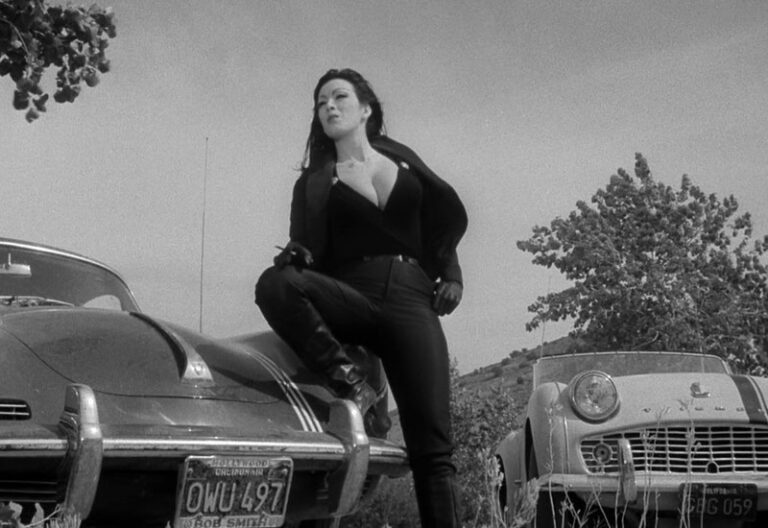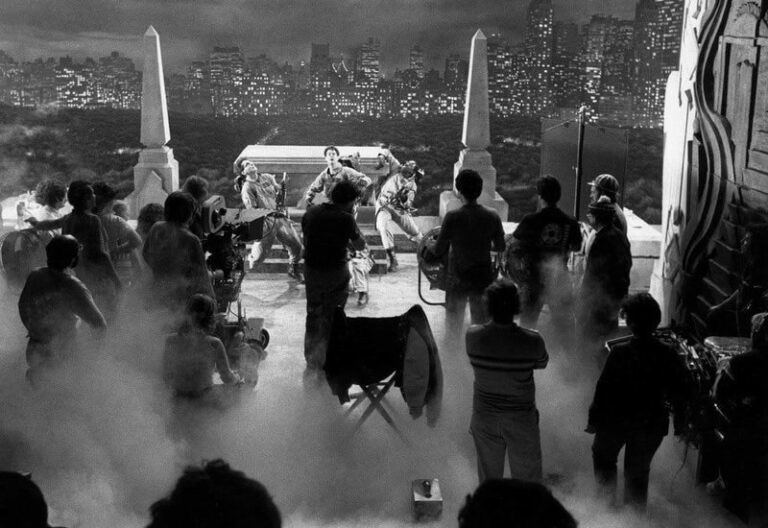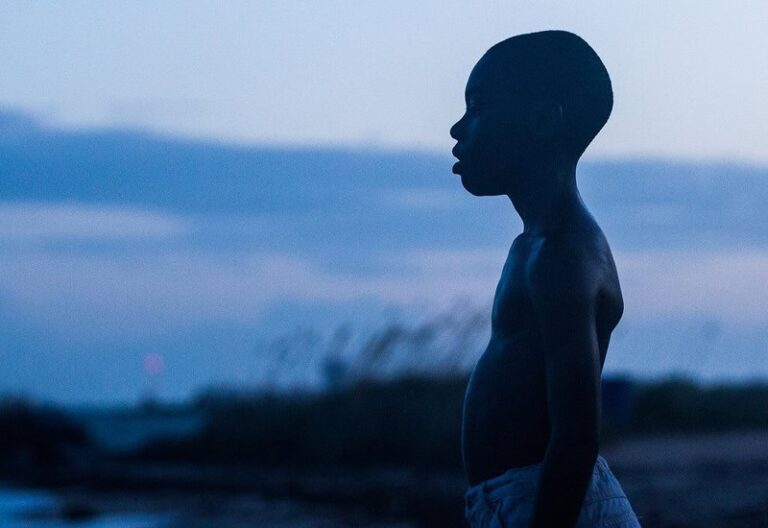a beginner's guide to blaxploitation
Blaxploitation is a film subgenre of action and exploitation films that emerged in the early 1970s, characterized by its focus on African American protagonists, urban settings, and themes of empowerment, resistance, and social justice. The term itself is a portmanteau of “black” and “exploitation,” coined by critics who viewed these films as exploiting black culture and audiences for profit. However, despite the controversy surrounding the label, blaxploitation films played a vital role in providing visibility to African American actors, filmmakers, and stories in Hollywood at a time when such representation was scarce.
Published by: CinemaWaves Team | Filed Under: Film Blog
Short History and Development of
Blaxploitation
Blaxploitation cinema finds its origins in the socio-political climate of the 1960s, a decade marked by the Civil Rights Movement and increasing calls for racial equality in America. As African Americans demanded greater representation in media, Hollywood began to take notice of the untapped potential of black audiences. During this time, a few films featuring black leads, such as “The Defiant Ones” (1958) and “Guess Who’s Coming to Dinner” (1967), laid the groundwork for more inclusive films. However, these films often catered to white audiences and lacked the cultural authenticity.
The turning point came with the release of “Sweet Sweetback’s Baadasssss Song” (1971), directed by Melvin Van Peebles. This low-budget, independently produced film was unapologetically black in its perspective and aesthetic, telling the story of a black man’s escape from a corrupt justice system. Its commercial success, particularly among African American audiences, demonstrated the viability of black-centered narratives and paved the way for Hollywood to embrace the Blaxploitation genre.
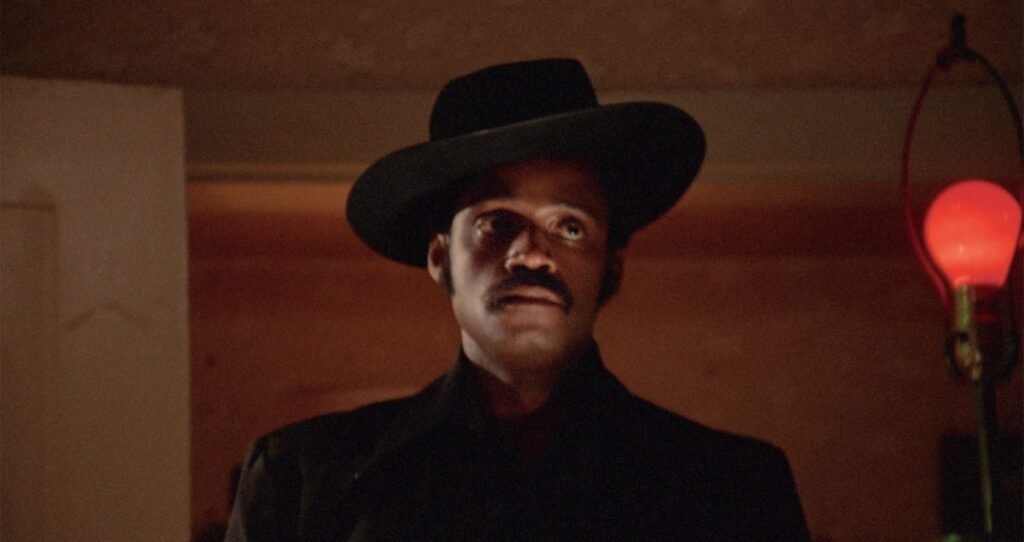
The Golden Age of
Blaxploitation
The golden age of blaxploitation spanned the early to mid-1970s, a period during which the genre reached its peak in popularity and influence. Studios rushed to capitalize on the growing demand for stories featuring black protagonists and urban settings. These films were often characterized by their bold, rebellious tone and willingness to address social and economic issues affecting African American communities, such as poverty, systemic racism, and corruption.
Films such as “Shaft” (1971) and “Super Fly” (1972) were pivotal during this era. Directed by Gordon Parks, “Shaft” introduced audiences to John Shaft, a suave and fearless private detective played by Richard Roundtree. The film’s stylish production, combined with Isaac Hayes’s Grammy-winning soundtrack, made it a cultural phenomenon and set the standard for many subsequent blaxploitation films. Similarly “Super Fly,” directed by Gordon Parks Jr, told the story of Youngblood Priest, a drug dealer striving to escape his criminal lifestyle. With its sleek cinematography and Curtis Mayfield’s iconic soundtrack, the film resonated with audiences, though it also sparked debates about the portrayal of drug culture. Blaxploitation extended beyond crime dramas, branching into other genres like horror (Blacula), martial arts (Black Belt Jones), and even westerns (Boss Nigger).
Despite its commercial success, the Blaxploitation genre faced significant criticism from both within and outside the African American community. Activist groups like the NAACP and the Congress of Racial Equality (CORE) condemned the genre for perpetuating negative stereotypes, such as the hyper-sexualized black woman, the violent black man, and the glorification of criminal behavior. They argued that these films, while offering representation, often reinforced the same prejudices they purported to challenge.
By the late 1970s, the genre’s popularity began to wane as the productions within the Blaxploitation wheelhouse had come to a halt. This left many of the actors, directors, and technicians that had fought to break into the film industry back into the unemployment. Additionally, the rise of blockbuster filmmaking, exemplified by films like “Jaws” (1975) and “Star Wars” (1977), shifted the industry’s focus away from niche genres. As a result, the Blaxploitation era came to an end, though its impact on cinema and popular culture remained significant.
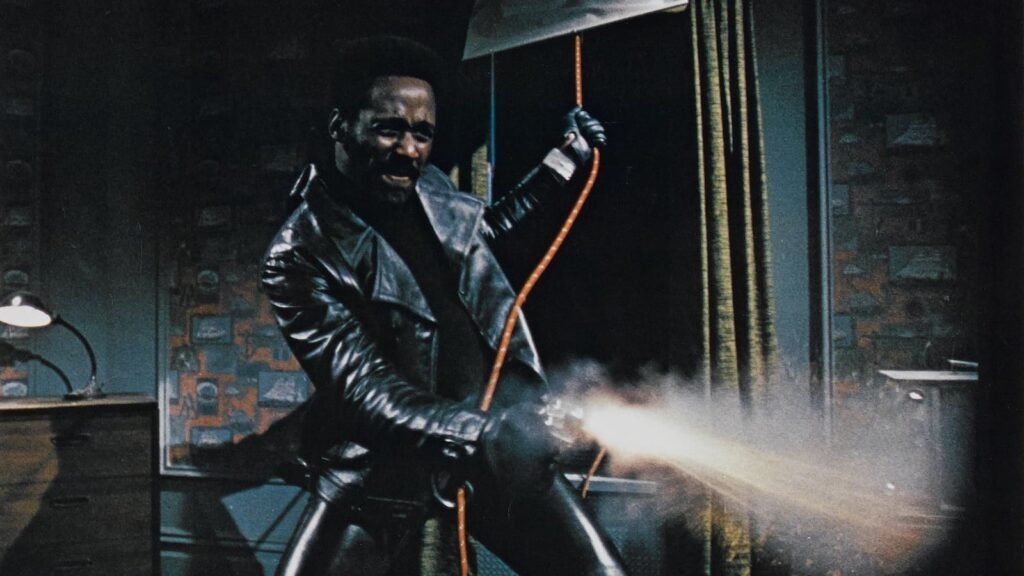
Famous Blaxploitation Movies
“Sweet Sweetback’s Baadasssss Song” (1971) by Melvin Van Peebles: Regarded as the film that launched the Blaxploitation genre, this groundbreaking work follows Sweetback, a sex worker on the run after killing corrupt police officers who assaulted a Black revolutionary. With its raw, unflinching depiction of systemic racism and its anti-establishment tone, the film became a cultural milestone and a rallying cry for Black empowerment in cinema.
“Shaft” (1971) by Gordon Parks: Widely credited with popularizing the genre, it follows private detective John Shaft as he navigates Harlem’s gritty streets to rescue a kidnapped woman. With its slick protagonist, soulful soundtrack by Isaac Hayes, and unapologetic attitude, the film redefined Black representation in Hollywood and became a cultural phenomenon.
“Super Fly” (1972) by Gordon Parks Jr: This influential crime drama tells the story of Youngblood Priest, a charismatic cocaine dealer planning to leave the drug trade for good. Known for its funky Curtis Mayfield soundtrack and stylish visual aesthetic, Super Fly was both celebrated for its portrayal of a powerful Black antihero and criticized for glamorizing criminal lifestyles.
“Coffy” (1973) by Jack Hill: Starring Pam Grier in a breakout role, Coffy centers on a nurse who becomes a vigilante, taking down drug dealers and corrupt officials after her sister’s overdose. Grier’s performance established her as a Blaxploitation icon and ushered in a wave of films centered on strong, fearless Black women.
“Foxy Brown” (1974) by Jack Hill: As another unforgettable Pam Grier classic, Foxy Brown depicts a fierce and resourceful woman exacting revenge on a drug syndicate responsible for her boyfriend’s murder. With its empowering storyline and bold protagonist, the film cemented Grier’s legacy as one of the most influential figures in the genre.
“Black Caesar” (1973) by Larry Cohen: This gritty crime drama paints a raw portrait of ambition and corruption as it chronicles the rise of Tommy Gibbs, a Harlem street hustler turned ruthless mob boss. Blending elements of gangster films with the sociopolitical undertones, Black Caesar offered a powerful critique of systemic injustice and urban life in America.
Modern Blaxploitation Movies
While the blaxploitation movement reached its height in the 1970s, its influence has continued to reverberate through modern cinema, inspiring new generations of filmmakers. Spike Lee’s “Do the Right Thing” (1989) redefined urban storytelling by addressing systemic racism, police brutality, and the complexities of Black communities with an energy and style reminiscent of Blaxploitation’s bold, unapologetic tone.
Quentin Tarantino’s “Jackie Brown” (1997) served as a loving homage to the genre, featuring Pam Grier in the lead role and blending classic Blaxploitation elements with Tarantino’s signature dialogue and non-linear storytelling. The film not only celebrated Grier’s iconic career but also reintroduced the genre’s aesthetics and themes to a new audience.
In more recent years, filmmakers have brought Blaxploitation’s spirit into diverse genres, often blending its visual and thematic style with modern sensibilities. “Black Dynamite” (2009) offered a comedic yet affectionate parody of 1970s Blaxploitation films, complete with exaggerated action, retro aesthetics, and a razor-sharp satire of the genre’s tropes. “The Harder They Fall” (2021) took the genre into the Western realm, combining bold visual style with an all-Black cast to reimagine the Western as a tale of revenge and empowerment.
Lasting Legacy of
Blaxploitation
The genre’s bold narratives and celebration of black resilience directly inspired movements like the LA Rebellion, an African American film movement from the 1970s. While the LA Rebellion prioritized socially conscious, art-house filmmaking over Blaxploitation’s commercial appeal, directors like Charles Burnett (Killer of Sheep), Julie Dash (Daughters of the Dust), and Haile Gerima (Bush Mama) drew from its emphasis on centering black voices and stories.
The cultural impact of Blaxploitation can also be seen in music, fashion, and the broader popular culture. Hip-hop, in particular, has embraced the genre’s rebellious energy and aesthetic, with artists frequently referencing Blaxploitation heroes, films, and soundtracks in their lyrics and videos. The iconic style of characters like Shaft and Foxy Brown, think leather jackets, afros, and swagger, became enduring symbols of empowerment.
Refer to the main page for more educational insights on filmmaking and cinema history.
A revolutionary film movement from the early 1970s, L.A. Rebellion represents a powerful and transformative chapter in the history of American cinema. It was a cultural…
A cult film is a movie that builds a devoted following without achieving mainstream success or widespread critical praise at the time of its release. These films are…
Exploitation films have long captivated the audiences with their bold and provocative themes, defying the conventions of mainstream cinema. These low-budget movies trived…
The studio system was a dominant force in Hollywood from the 1920s to the 1950s. It was characterized by a few major studios controlling all aspects of film production…
Film production is the process of creating a film from its initial concept to the final product. It involves numerous stages, each requiring a collaboration of talents, skills, and…
Independent film, often called indie film, is produced outside the major studio system. Its roots can be traced back to the early 20th century, when filmmakers began seeking…

